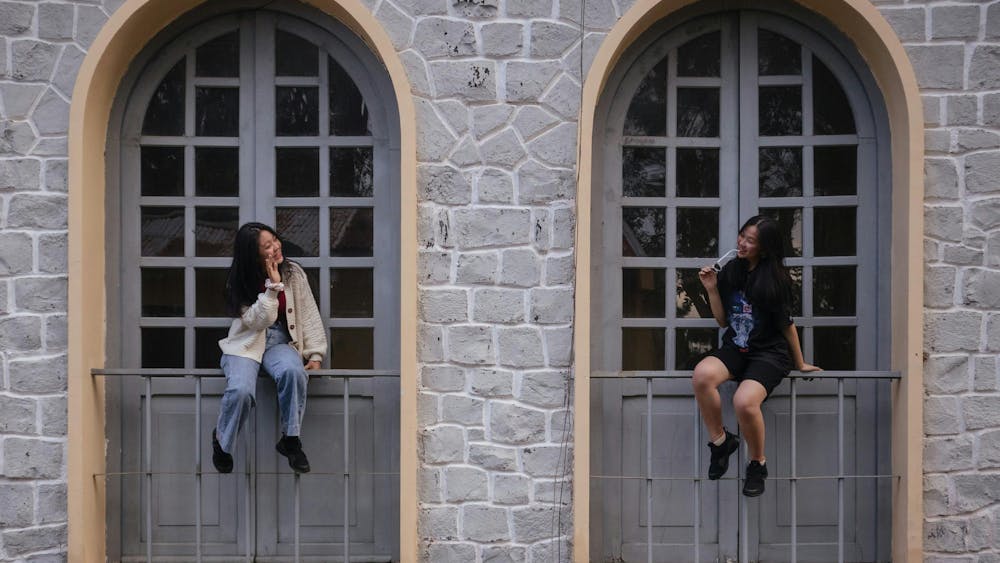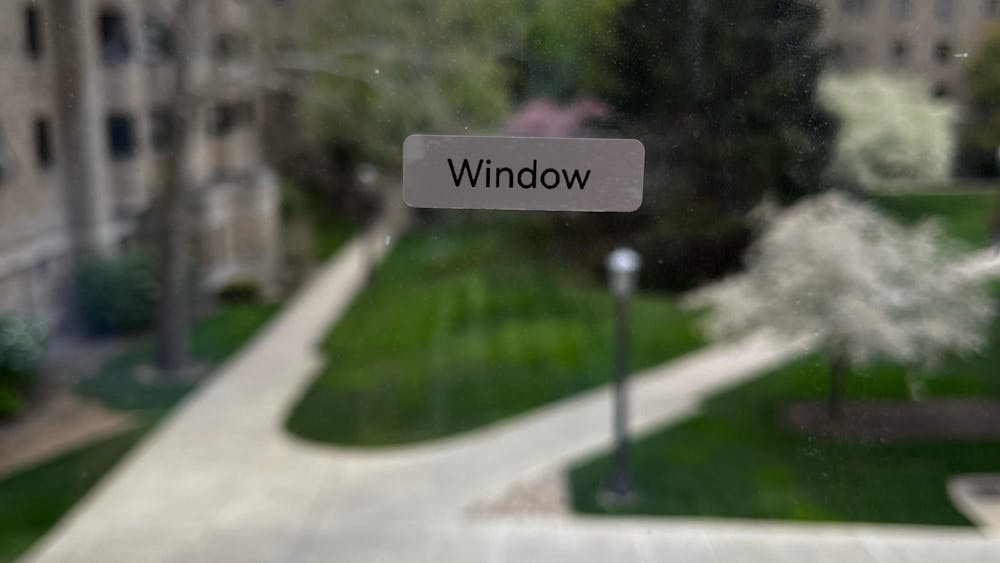The idea of “political correctness,” as used by its critics, can transform thoughtful attempts to sensitize the public to tangible, contemporary problems faced by minorities into nit-picky squabbles over word choice in the imagination of an audience. As we engage in discussion on how Natives are represented on campus, it is critical that we do not lose sight of the context that brought us here. To that end, here’s some food for thought. To begin, challenges faced by Native Americans aren’t history — they are pressing issues today. Native American communities make up a disproportionate amount of our nation’s poor and unemployed. Native American communities are experiencing a mental health epidemic — Native youth are two-and-a-half times more likely to commit suicide, and post-traumatic stress disorder is as common among Native teenagers as it is among Iraq and Afghanistan veterans. Native American men are grossly overrepresented in our prisons.Threats to Native cultural and political autonomy aren’t exactly historical artifact, either. The U.S.’s assimilation policy of sending Native children to boarding schools is well in living memory in South Bend. Former Tribal Chairman John Miller, whose own mother was sent away to such a boarding school, told the South Bend Tribune that afterwards his grandmother was too intimidated to teach him the Potawatomi language — “she refused, saying, ‘I do not want to lose you guys again.’ Our elders are so concerned that if they shared their culture that [the federal government] would remove us again.” Land dispossession is also a pressing contemporary concern for Native Americans — predatory contractors and business interests threaten to further displace native populations. On the subject of land dispossession, it’s worth mentioning that U.S. expansionist-friendly federal laws are underpinned by Catholic doctrine that, despite many appeals to His Holiness over the generations, are still on the books. The ideal of separation of church and state did not stay the hand of Chief Justice John Marshall when he invoked a racist series of papal bulls from the 15th century, collectively referred to as the Doctrine of Discovery, as “precedent from international law.” As one of the leading Catholic institutions in the nation, this represents an obligation for Notre Dame to advocate for positive change, especially considering our intimate history with Native Americans. The Holy Cross priests who first arrived in the area worked in partnership with the local Potawatomi to found their mission. The Native community maintained a close relationship with Notre Dame during its most vulnerable early years. We live and study on land they donated to us. Given this history, we have a duty to serve as their advocate. But we’re not.Depending on who you ask, we aren’t even meeting basic obligations.Local Native leaders are unimpressed. Jason Wesaw, a Pokagon official, said to the South Bend Tribune, “Some people think we get a break on tuition. Not so. We get food baskets every Christmas, not the recognition you would like to see for this gift [donation of tribal lands to Notre Dame].” On campus, Notre Dame offers a handful of Native American focused events and a few courses. Otherwise there is not much. There’s no Native American Studies department. There are barely any professors who specialize in Native American issues. This dearth of Native American scholarship translates to lack of advocacy. Without a tenured faculty representative, the Native American Student Association of Notre Dame (NASAND) lacks leverage to bring their demands to fruition. As a leading Catholic and intellectual institution, what Notre Dame does matters. It matters that murals of Columbus enjoy pride of place on the first floor of the University’s most iconic building. It matters that Notre Dame has failed to maintain a relationship with the community that made it what it is today. It matters that a cursory interpretation of Notre Dame’s actions is a passive promotion of the status quo. There is a disconnect between the message we send as an institution and the values of our passionate, intelligent and socially-conscious student body. By failing to represent our Native classmates, our university fails to represent each and every one of us. Addressing the Gregori murals is an important gesture our university should make. However, to begin to address the tangible problems that those murals only represent, we as a student body must emphasize the relevance of Native American voices on campus through demonstrated interest. I strongly suggest that readers contact their advising dean to ask how they can get involved with Notre Dame’s Native American Initiatives and American Indian Catholic Schools Network.
Katie Hieatt sophomore Nov. 9













